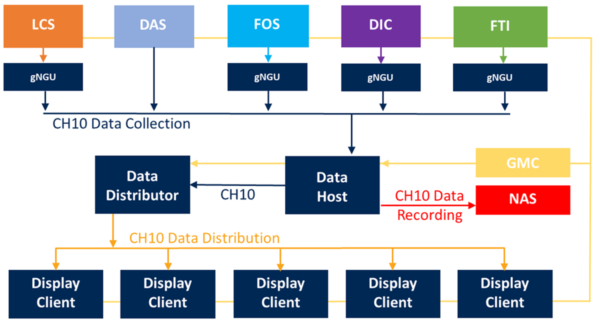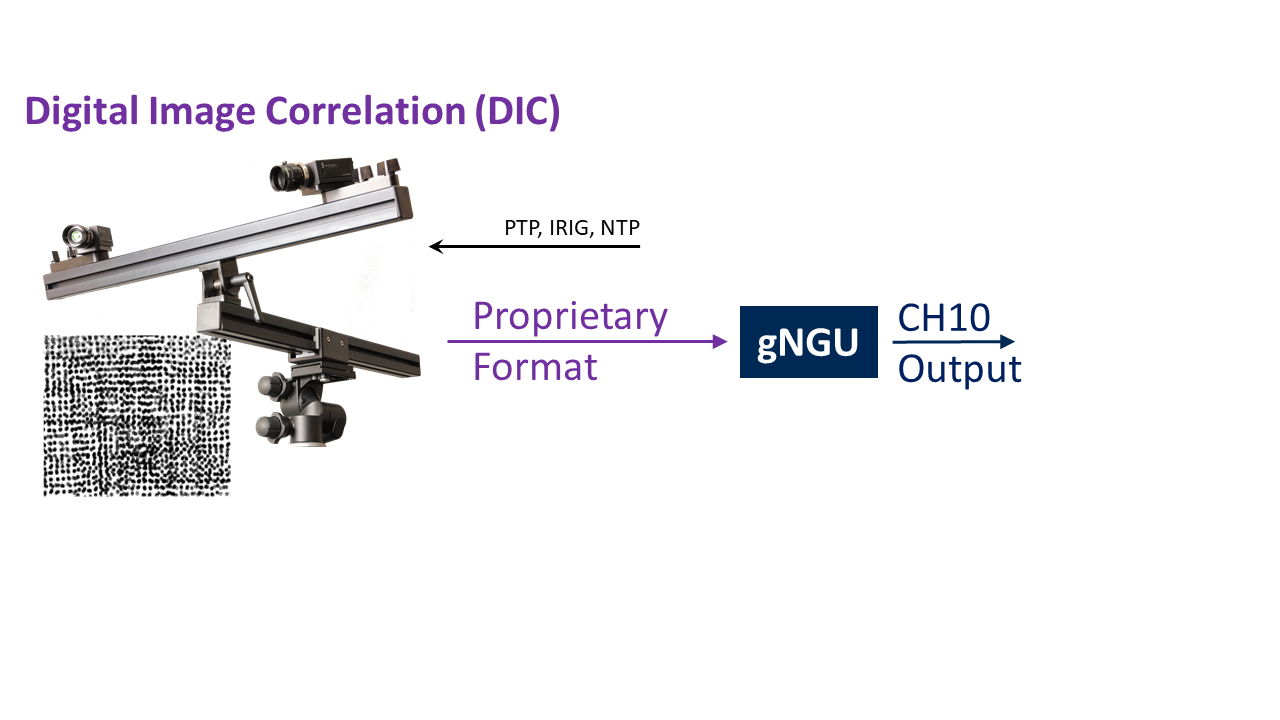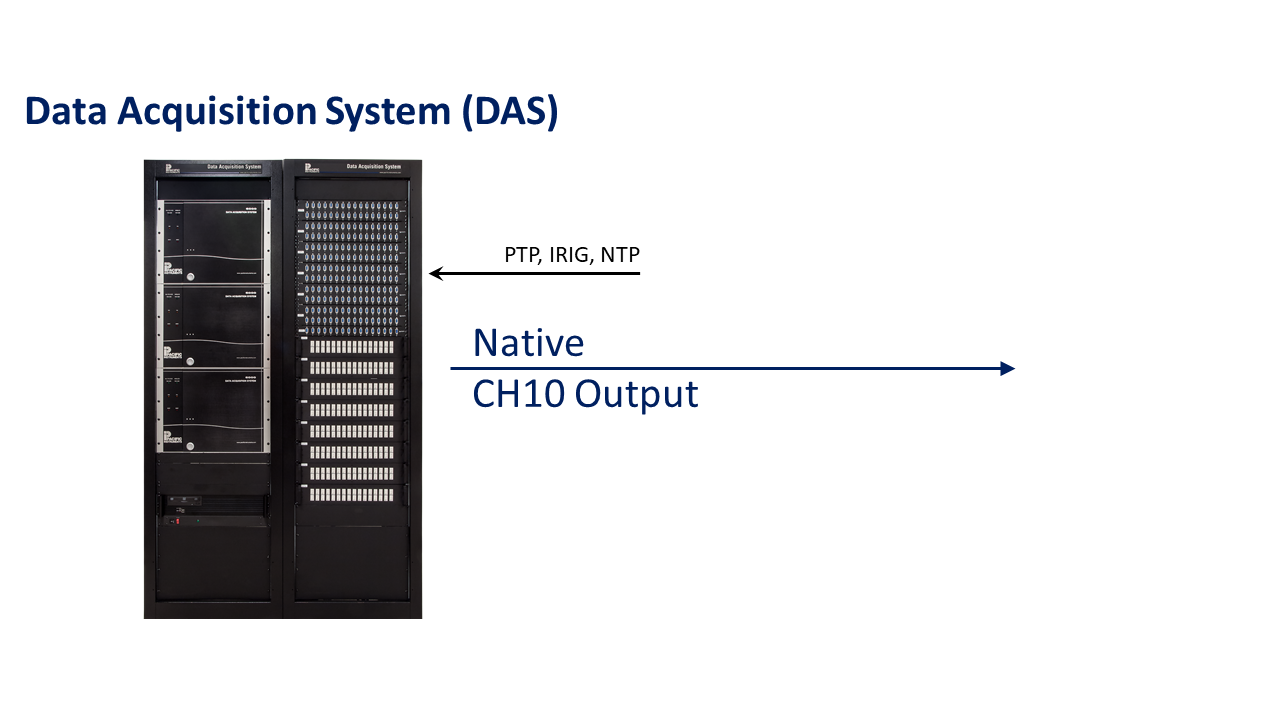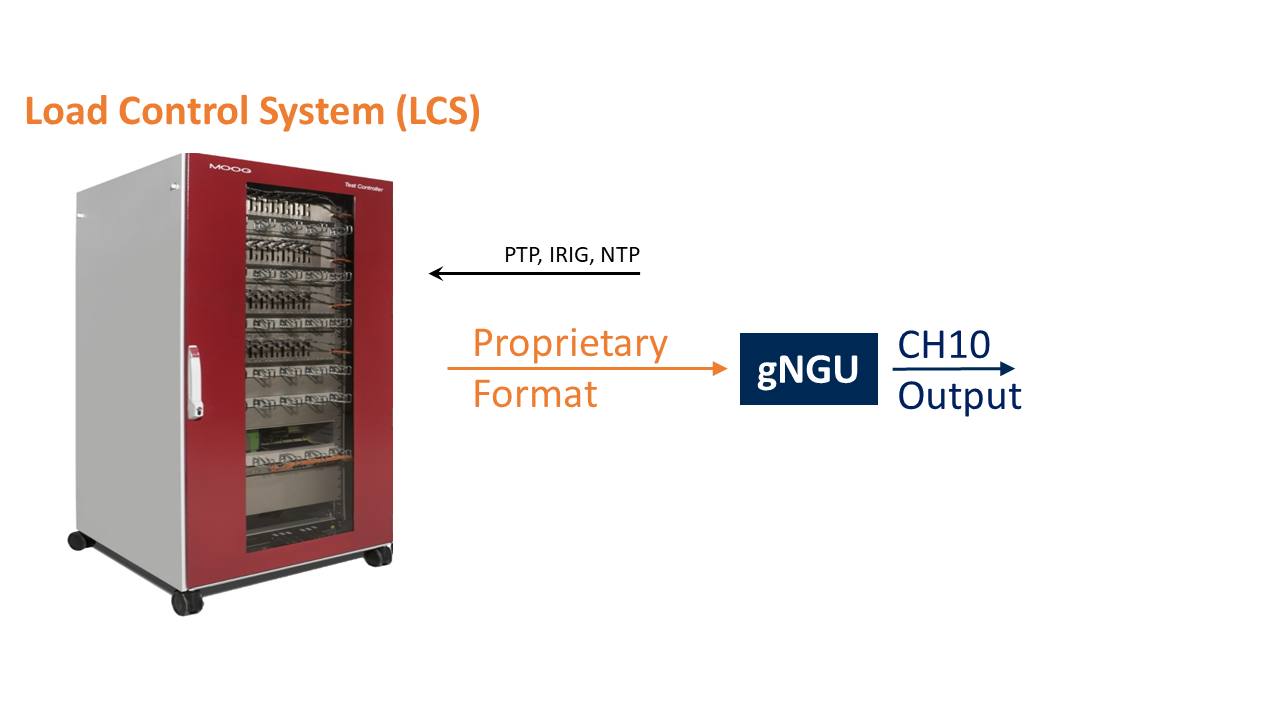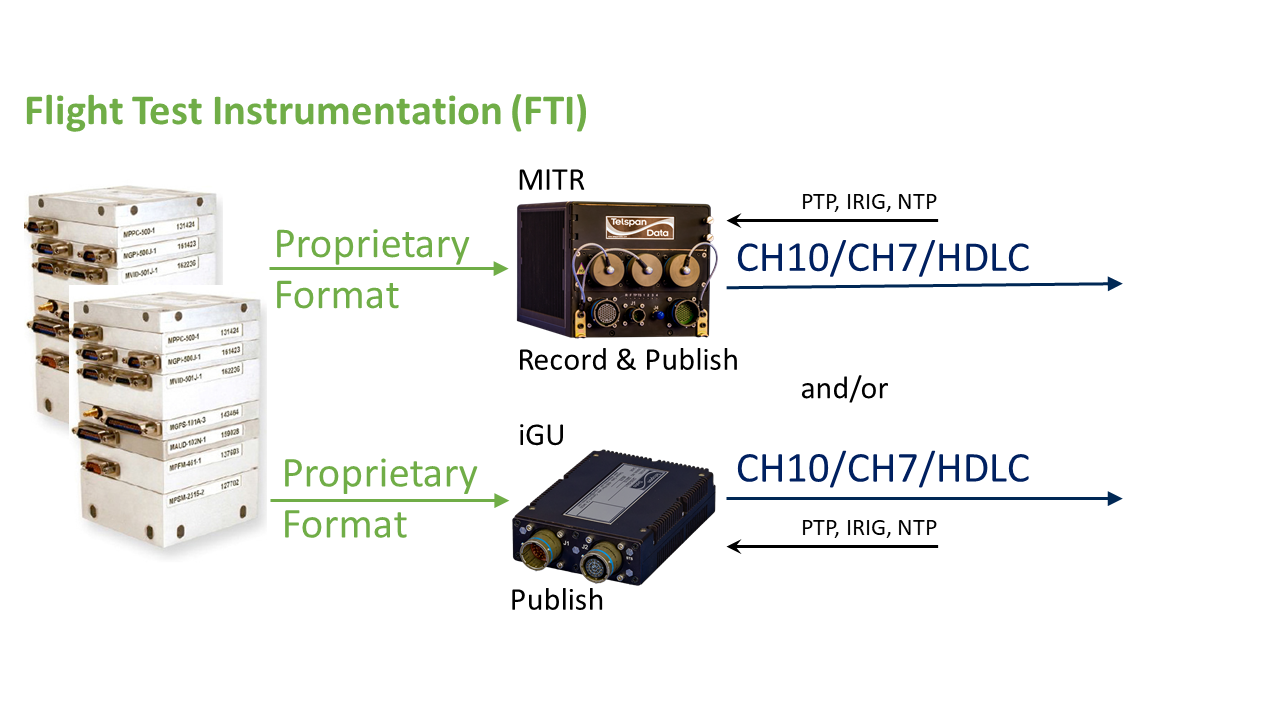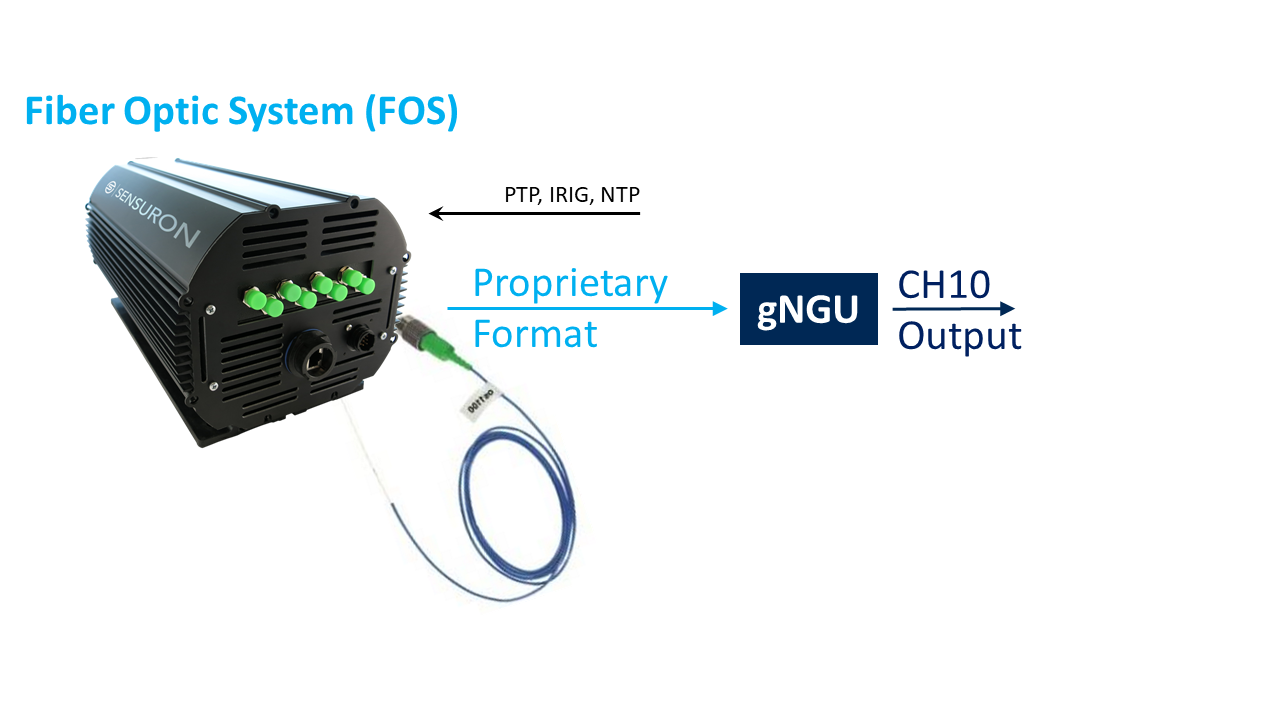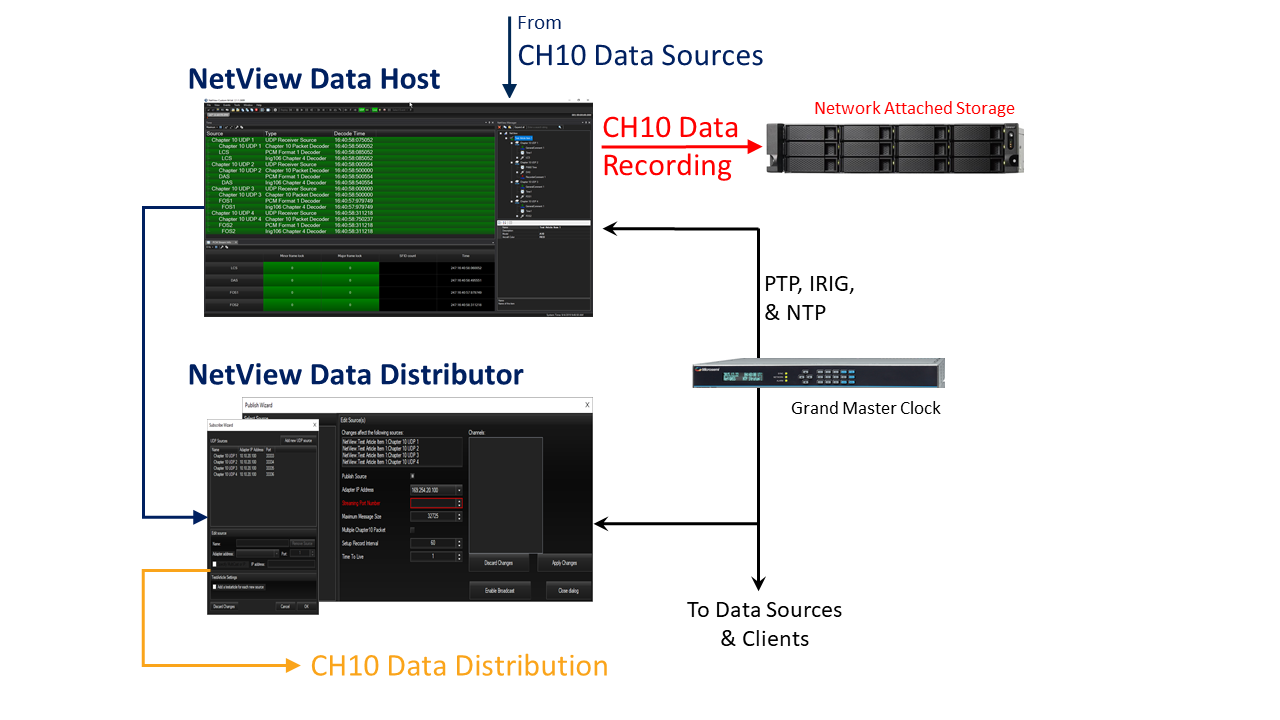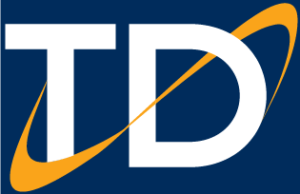
Data Fusion for the next generation structural test environment
Typically used by flight test ranges, Telspan leveraged the IRIG 106 CH10 standard for use in a large scale structural test
Traditionally, structural test facilities have been using a Load Control Systems (LCS) and Data Acquisition Systems (DAS) which relies on foil type gauges for load and stress measurements. The DAS will often combine position and displacement transducers like string pots and LVDT’s. The integration between the LCS and DAS has been mostly adequate for this type of testing. In recent years though, Structural Test Engineers have started to utilize “new sensor” technologies like the Sensuron Fiber Optic Strain (FOS) and Correlated System Digital Image Correlation (DIC).
Deploying all these systems into an existing test facility has given test engineers new tools, but their deployment has led to a composite assembly of hardware systems, data sets and dedicated single-task software. At the test facility level, these new capabilities come with a need for more operators to set up and monitor, as well as long processing times (if at all possible) to align the various sources of data before handing it over to analysts.
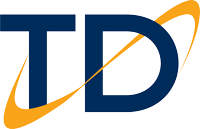
Data Fusion is the process of integrating multiple data sources to produce more consistent, accurate, and useful information than that provided by any individual data source. With its NetView Data Fusion & Display software, Telspan Data has assisted in the design and implementation of a large-scale structural test system based on an aerospace industry open standard – IRIG 106 Chapter 10. CH10 covers all critical aspects of handling data: synchronization of multiple sources, recording and simultaneous distribution for real-time display.
The prerequisite to Data Fusion is the time synchronization of all data sources. The sampled data must be stamped with a precision time source that is shared by all the other hardware systems. With many COTS Grand Master Clocks available, PTP (Precision Time Protocol), IRIG (Inter- Range Instrumentation Group), NTP (Network Time Protocol) is easily distributed on the test network. Once the data is time stamped, it is important to control the distribution and end-to-end latency of data over the test network.
The network architecture must be consistent with the scale of the testing. In Telspan’s recent implementa-tion, a combined 25,000+ channels of measurement are coming from the DAS, LCS, FOS & DIC. With the addition of Flight Test Instrumentation (FTI) hardware and avionics data buses, the combined count can easily exceed 30,000 channels. Utilizing 1G, 10G and 25G networks ensures data gets where and when its intended.
PROPRIETARY DATA STREAMS
Traditionally, hardware used in ground test facilities outputs a proprietary data stream and not CH10 natively. Derived from an airborne product, the iGU (instrumentation Gateway Unit), Telspan Data provided the gNGU (ground Network Gateway Unit) as a configurable “gateway” between the proprietary data streams and the CH10 data processing capabilities of NetView. Telspan wrote special CH10 data converters for the Moog LCS, Sensuron FOS and Correlated Systems DIC and used a gNGU for the data conversion. In the case of the Pacific Instruments DAS, Telspan developed a Dynamic-link library (DLL) which provides a native CH10 output from that system. The gNGU can be configured to convert one or many proprietary streams into CH10. The Telemetry attributes Transfer Standard (TMATS) is used to transfer each and every channel specific information from each and every system. This contains the EU conversion, upper/lower warning/alarm levels, channel names/descriptions, which is also broadcast on the network, as well as recorded as part of the file in .ch10 format.
DATA NETWORK
With the proprietary data formats from each system time stamped, converted to CH10 and broadcast on the network, the data is now aggregated into one single stream by the NetView Data Host. Acting as a central point for all data, the Data Host time aligns the streams for recording and distribution. Considering the large amount of data and very long test duration (months or years), the Data Host is connected to a dedicated Network Attached Storage (NAS) where continuous time history and “single scan” data recording is stored. The architecture adds redundancy to the critical recording function by having all the data sources independently record their own data on their respective systems. In addition to aggregating the data for recording, the Data Host simultaneously provides a UDP broadcast of the data stream for real-time analysis.
COMMAND AND CONTROL
Like all the individual hardware systems, the NetView Data Host integrates with the LCS through a shared memory architecture. This allows the LCS to send commands to the Data Host to start, stop, record and to take single scans. All communication between systems and data handling information can now be unified under a common interface, providing the test conductor with a complete overview to command operations, monitor the good working order, and act real-time helped by warnings and alerts as when any acquisition system go offline for example. This synthesis of all appropriate pieces of information avoids unnecessary redundancy with only one test conductor at the helm. It also saves on the training of less staff and avoids learning the specificities of different software.
With Network balancing and processor utilization in mind, Telspan employed the NetView Data Distributor which acts as a “gateway” between the Data Host and the NetView Data Clients. Using a dedicated 10G network, the Data Host UDP broadcasts all the data where the Data Distributor, in-turn, rebroadcasts the data onto the dedicated 1G display client network. As an option, the Data Distributor will decimate the full rate data to further reduce network loading since Display Clients can be both on the LAN (Local Area Net-work) or remotely connected over a WAN (Wide Area Network).

Since all data from all systems is now available as a single stream, this gives test conductors and analysts a whole new level of real-time capability. Specific to this large-scale structural test the Data Distributor will also add other real-time functions like trend analysis, strain surveys, strain prediction/comparison, go/ no go end-point averaging, etc. These functions help to reduce test time by automating many of the functions the analysts would have done manually in the past.
REAL TIME DISPLAY
With Data Fusion, analysts have a completely new way of looking at data with the NetView Data Client. Instead of discretely looking at one systems data stream, Data Client can display any channel from any system on any real-time display. Real-time displays include XY plot, tabular, bar chart, line graph and strip chart and include warning/alarm limits, prediction lines and are individually customized to each analyst’s workstation. Any one display can also fuse measurements of several sources to refine the analysis; for example, data from a foil Strain Gage and Fiber Optic System can be combined to complement, improve, or simply compare data to increase confidence in the findings.
This innovative architecture provides a new class of performance for the next generation ground test facilities with the use of open standards, technologies, and products that are readily available. Other sources of data are easily added with systems that provide native Chapter 10 data stream or a Telspan gNGU is used.
Data Fusion is more than just combining data from multiple sources. Data Fusion gives the test designers, test conductors, test engineers and analysts a suite of new capabilities. Now, all recorded data from all systems is in the same format and all sources data is available for display on a single GUI for real-time and post processing. This was all the more critical in this implementation because of the sheer scale of this testing. This same approach would certainly add a lot of efficiency on a much smaller scale, where the architecture described could be limited to a single computer running NetView to cover collection, recording and distribution of data.


